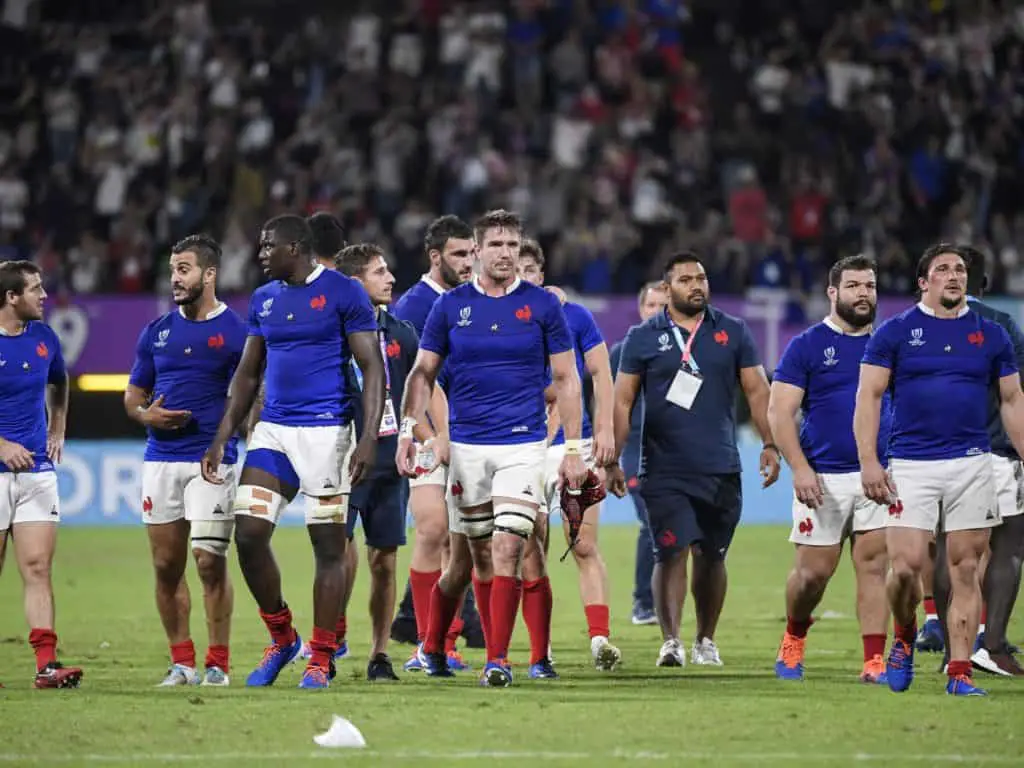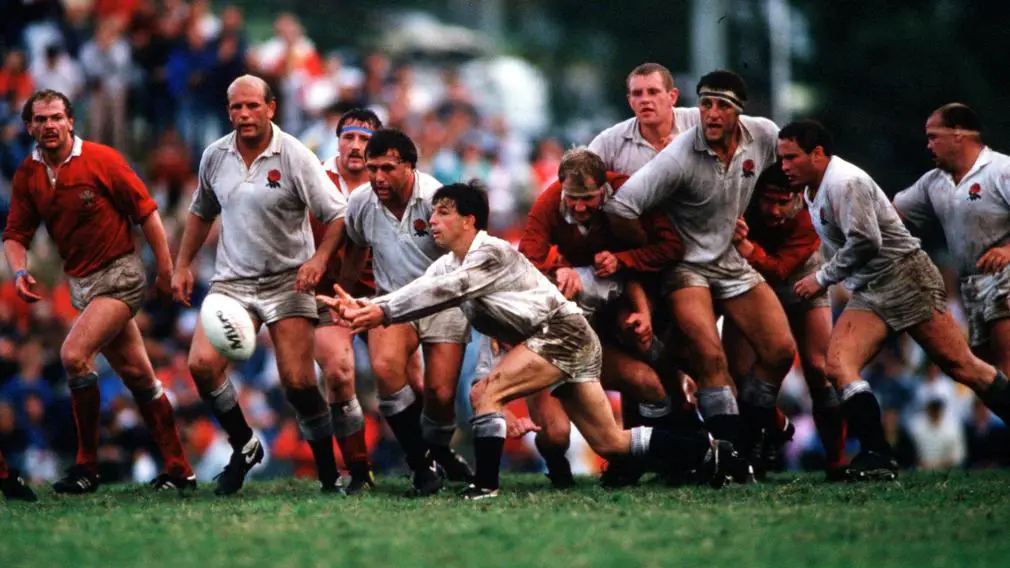
If you are a long time fan of rugby or have just recently become interested in the sport you may be aware that rugby jerseys have and continue to develop and change. It is time to do a breakdown of all the latest rugby jerseys and give you some extra knowledge that you can impress your mates with the next time you meet up to watch a rugby match.
What Do The Numbers On Rugby Shirts Mean?
The numbers on rugby shirts represent a specific position. Each position in rugby is given its own number. For example only the hooker can wear number 2, the half back wears number 9. Numbers 1-8 are reserved for the forwards and 9-15 for the backs.

Unfortunately, in rugby there is no choosing your own number. If you have a lucky number that you would like to take with you onto the rugby field you better hope it is 15 or less and it corresponds to the position you want to play.
In rugby each position has a corresponding number. Players have to wear a jersey with the number that represents their position.
The current rugby numbers and their positions are as follows:
- Loosehead Prop
- Hooker
- Tighthead Prop
- Lock
- Lock
- Openside Flanker
- Blindside Flanker
- Number 8
- Scrum Half
- Five Eighth
- Wing
- Inside Centre
- Outside Centre
- Wing
- Fullback
What Are Rugby Jerseys Made Of?
Rugby jerseys are currently made of polyester and other synthetic materials. Rugby jerseys used to be made of cotton but the new materials were lighter, more comfortable and better at absorbing sweat and water.

Many old school rugby players and fans miss the cotton rugby jerseys. However, many young players today have never even worn a cotton rugby jersey with the collar to match.
It is unlikely the old style rugby jerseys will ever make a return as the new style jerseys are cheaper, lightweight and more effective at soaking up rain and sweat. They are also more suitable for the tight fitting style which has become the norm in world rugby.
Why Are Rugby Shirts So Tight?
Rugby shirts are so tight so the players can move freely and they aren’t slowed down by loose material. Their tight fit also makes it harder for opposition players to make tackles as they have less material to grab a hold of.

The English national side were the first team to popularise the tight fitting rugby shirt in early 2000s. Since then the trend has caught on, now all rugby teams wear fitted rugby shirts.
Tight fitting shirts are much more comfortable to play rugby in than baggy jerseys. The tight fit gives players maximum mobility and also increases their speed as they aren’t as affected by wind or their jerseys getting wet. You don’t see many Olympic sprinters lining up on the starting blocks wearing baggy t-shirts or thick hoodies.
The other big advantage of tight rugby jerseys is that they make it harder for the opposition to tackle. The tight fit gives defenders less material to grab onto and instead forces players to make textbook arm wrapping tackles. The old reach out and pray tackling technique is much less effective if the ball runner is wearing a skin tight shirt.
What Is The Square Thing On Rugby Shirts?
The square on rugby shirts is wearable technology that tracks a players speed, how far they have, calories burned and their heart rate. Coaches analyse this data to determine how players are coping with the stress of the game and where they need to improve.
As rugby has become more professional teams are looking for any edge they can get to guide their team to victory. In recent years teams have looked to technology to help improve their players.
Many teams will now insist on their players wearing monitors during both games and at training. These square devices record key performance data such as heart rate, speed, distance travelled and calories burned.
Teams now employ data scientists to analyse this information and come up with easily digestible results that coaches can use to help improve their sides.
The data scientists will help coaches figure out who isn’t fit enough, who needs to increase their speed and which players are struggling with fatigue during matches. This data can also be used during matches to help coaches identify which players need to be substituted.
Do Rugby Players Get New Jerseys Every Game?
National team rugby players will usually get new jerseys in every game. Some professional clubs will hand out new jerseys every game. At club rugby you will be playing the same jerseys for years.

The higher level of rugby you play the more pampered you become. If you play for the national side you will be playing in brand new jerseys every time you run out onto the rugby pitch. The sponsors of the team are not too worried about handing out hundreds of jerseys as they produce them often in 3rd world countries for pennies.
If you play professional rugby there is a decent chance you will get to wear a new jersey every game. However, some clubs like to try and save money by making players wear a jersey for as long as possible.
Now if you are playing for your local rugby club the idea of wearing a new jersey every game is a fantasy. You would be lucky to wear a new jersey for each season. Most likely you will be wearing the same rugby jersey for multiple years.
Conclusion
Rugby jerseys have completely transformed over the years. They started off as thick cotton jerseys with a collar and are now thin skin tight polyester shirts. The modern rugby jersey is more like a compression shirt than rugby jerseys of old.
One thing hasn’t changed though and that is the numbers on the back. Rugby players still wear their number on the back of their shirt which represents the specific position they play. Who knows maybe in the future that tradition will also be abandoned.
